Teaching Tips
Our articles on the practice of learning and teaching.
-
Proactive Measures to Help Students with Post-COVID Mental Health Issues

Four years after the COVID-19 pandemic began, there has been a massive increase in students requesting disability accommodations. Explore the data behind this trend, and learn what the UAF Disability Services office recommends to make your class more accessible.
-
Unlocking the Potential of Students as Partners

Meaningful and equal collaboration between students and instructors can be a transformative experience for both parties, but achieving that goal often seems elusive. This teaching tip explores the possibilities of pedagogical partnership programs as one tool to build successful partnerships in the context of the UAF Center for Teaching and Learning’s LEAP program.
-
Enhancing Connection and Flexibility: Integrating Optional Synchronous Sessions into Asynchronous Online Courses

While many courses at UAF are offered and listed as asynchronous, nothing prevents the inclusion of optional synchronous sessions. This teaching tip offers advice on a variety of different kinds of synchronous activities that you might consider as adding to your course as supplemental ways for students to connect with each other, you, and the…
-
Q&A on AI Text Detection

Are there any tools that can reliably detect if writing was created with artificial intelligence? No. No, There are no tools which can reliably detect AI-generated writing. This teaching tip covers the current state of automatic AI detection and where it falls short of being reliable, and illustrates why this trend will continue. More importantly,…

Best Practices
-
Faculty Perspectives: Open Educational Resources
Open Education Resources (OER) are freely accessible teaching and learning materials that are openly licensed, allowing faculty to legally and freely share, use, and modify educational content for their courses. At UAF, courses tagged as No or Low Cost (NoLo) in the schedule do not require textbooks or materials in excess of $40. Learn more…
-
Public Domain, Copyright, and Fair Use Practices for Effective Teaching
Anyone can use works that are in the public domain, and you as an educator can also use copyrighted works under the principles of fair use for educational purposes. This teaching tip provides details on copyright law and resources to help you apply fair use in your teaching.
-
Student Advice for Designing Your Best Course Yet
After four semesters of engaging UAF students and faculty in the LEAP program, several insightful bits of advice on course design are presented from the student point of view.
-
Consider Online Teaching Tools to Promote Efficiency and Student Success
This teaching tip explores some details to consider when deciding which digital tools to use in your online class such as learning objectives, time, and opportunity. Knowledge is power in answering the question, “Good for us, or bad for us?”
-
The HyFlex Teaching Model: Balancing challenges with innovative teaching strategies
Exploring HyFlex courses at UAF, this article details student experiences, addresses challenges, offers strategies, and highlights the support available for faculty embracing this flexible, multimodal approach to teaching and learning.
-
Some perspective on the new UAF RSI checklist
This teaching tip serves as an introduction to the concept of Regular and Substantive Interactions, part of new Federal regulations concerning online education, and offers helpful and specific advice to instructors who are looking to transform their current course into one that not only meets the new regulations, but also increases student success, all while…
Emerging ideas
-
Q&A on AI Text Detection
Are there any tools that can reliably detect if writing was created with artificial intelligence? No. No, There are no tools which can reliably detect AI-generated writing. This teaching tip covers the current state of automatic AI detection and where it falls short of being reliable, and illustrates why this trend will continue. More importantly,…
-
Mitigate AI problems with alternate assessments to the essay
Generative AI is disrupting normal practices in education, including one of the most often used forms of assessment, the essay. Approaches offered here include using other forms of assessment or embracing AI by modeling good behavior for your students. This tip builds on other ideas published in July.
-
Use ChatGPT to Generate Question Banks in Canvas
Generating question pools that can be used for effective assessment or practice can be laborious. This teaching tip demonstrates a sequence of steps you can follow that will allow you to direct ChatGPT to create a large number of questions. These questions can then be placed in your Canvas course.
-
Adapting the Essay to Maintain Authenticity in the Era of AI
Large Language Model Artificial Intelligence technology like ChatGPT is disrupting traditional methods of assessment, especially as it relates to grading via the essay. This teaching tip offers possible solutions, including the incorporation of a revision cycle with reflection.
-
Sharpening Critical Thought with ChatGPT
In this teaching tip, we explore the possibility of using ChatGPT to develop rich question pools with correct and incorrect responses and having students examine each response in a low-stakes manner. The teaching practice is borrowed from a published article from the Journal of Chemical Education.
-
Dealing with AI generated academic dishonesty from a policy and teaching perspective
Claiming the work of others, even that which is generated by an AI, as your own, is academic dishonesty. This Teaching Tip will help you face this problem head on and provide solid strategies for helping you and your students navigate an increasingly difficult environment.

Pedagogy
-
Slow Pedagogy
Slowing down the teaching and learning process can be a challenging endeavor amongst the business of modern academic life. Slow pedagogy is a teaching movement that offers a lens and practices for reducing the pace and pressure of education. Slow pedagogy suggests that taking one’s time can offer opportunities for deeper learning and connections.
-
Refresh your course in three simple steps
Course revisions can be daunting, particularly this year, but a quick course refresh is achievable in three simple steps: start at the beginning, support failure, and remember — less is more!
-
Trauma-informed practices for finals
For some of us, the COVID-19 pandemic is one of the deepest experiences of trauma we’ve had. Trauma can be defined as “any experience in which a person’s internal resources are not adequate to cope with external stressors” (Hoch et al., 2015). Between the pandemic, a contentious national election, and the various stressors we each…
-
Building community in a virtual world
There is a common misconception that it’s harder for students to feel connected when they can’t meet in person, or that distance-based learning is inherently less impactful for students. Although this may apply in some cases, it’s up to the instructor or facilitator to set the tone for their students. Just like with any learning…
-
We are more than floating heads
Trauma, anxiety, and depression impact us cognitively, emotionally, and physically. Trauma-informed approaches to pedagogy allow us to take a more holistic, embodied approach to the teaching and learning processes. Read more to learn strategies of embodied and trauma-informed pedagogy to better support students.
-
How to get students to read your feedback
The type of assessments you give will direct the nature and method of feedback you provide students. Feedback provided throughout the semester can be essential for guiding student learning. However, if students miss seeing your feedback or if they don’t understand what you are saying, their learning experience can be negatively impacted. Or, they may…
Tools & How to
-
Watercolor Wednesdays this summer
Watercolor Wednesday is happening over the summer! Join us in the Mill Makerspace, Bunnell 143, from noon to 2pm. Space is limited to 10 people due to limited supplies, so please reserve the dates you intend to join us. Summer DatesWednesday, May 15, 2024Wednesday, May 29, 2024Wednesday, Jun 12, 2024Wednesday, Jun 26, 2024Wednesday, Jul 10, 2024Wednesday,…
-
MILL Makerspace May Challenge
May’s makerspace challenge is all about mindfulness! This month, explore the transformative power of Mindful making at The MILL. This challenge celebrates the integration of mindfulness in education, enhancing learning through the development of self-esteem and confidence. Engage in creative projects that reconnect the cognitive and affective elements of learning, promoting both personal growth and…
-
Proactive Measures to Help Students with Post-COVID Mental Health Issues
Four years after the COVID-19 pandemic began, there has been a massive increase in students requesting disability accommodations. Explore the data behind this trend, and learn what the UAF Disability Services office recommends to make your class more accessible.
-
We’re Hiring
🌟 Exciting Opportunity Alert! 🚀 We’re on the lookout for a creative individual to join our instructional design team! This instructional designer will help craft engaging programming for graduate teaching assistants, from cutting-edge workshops to immersive courses. Become a part of a team committed to working together to create transformative learning experiences for all UAF…
-
Canvas – Extra Credit
You can give students extra credit in Canvas through a variety of options. Canvas does not have a default option, or a feature function to add extra credit. This tutorial shows four different options that can be used alone or together in a course.
-
Credential Connection: Exploring Microcredentials
Wednesday the 24th of April, from 12-1pm Join us for an insightful session on microcredentials. In this session, we will cover what microcredentials are, how students can leverage them, and how to integrate them into courses and programs. Learn about the power of a credentialed learning pathway and how it can enhance your student’s educational…

Inclusive Practice
-
Proactive Measures to Help Students with Post-COVID Mental Health Issues
Four years after the COVID-19 pandemic began, there has been a massive increase in students requesting disability accommodations. Explore the data behind this trend, and learn what the UAF Disability Services office recommends to make your class more accessible.
-
Faculty Perspectives: Open Educational Resources
Open Education Resources (OER) are freely accessible teaching and learning materials that are openly licensed, allowing faculty to legally and freely share, use, and modify educational content for their courses. At UAF, courses tagged as No or Low Cost (NoLo) in the schedule do not require textbooks or materials in excess of $40. Learn more…
-
Student Advice for Designing Your Best Course Yet
After four semesters of engaging UAF students and faculty in the LEAP program, several insightful bits of advice on course design are presented from the student point of view.
-
Ways to support your SSS students in/out of the classroom
Student Support Services (SSS), is a federally funded program for first-gen, low-income, and disabled students, which aims to increase academic achievement. Online and in-person students may face financial difficulties, need accommodations, and struggle with self-advocacy in the college environment.
-
Supporting Students with Mental Health Challenges
Campuses across the nation are seeing a rise in the frequency and intensity of mental health challenges among college students. This trend is apparent at UAF and many staff and faculty members are left wondering how to best support students experiencing mental health challenges. This teaching tip will describe how the UAF Student Health and…
-
Supporting online learners: academics and beyond
Online learners often face additional challenges to their education than those that are able to attend in-person. Student Support Services has been able to adapt their services in order to reach those students and provide academic resources and community building.
